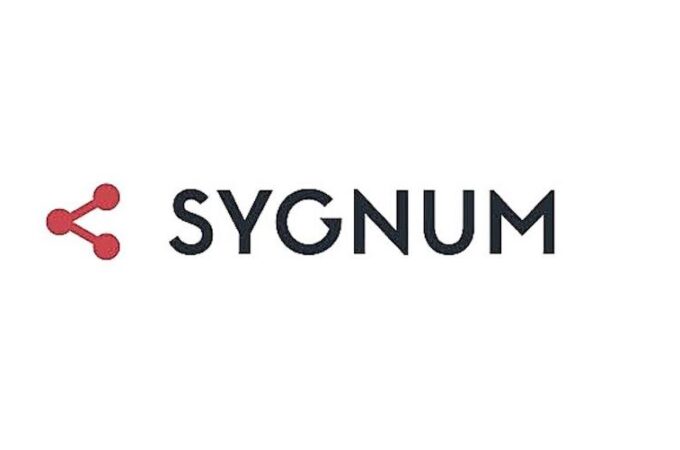
Curve begins quietly testing Curve Credit, its planned Klarna competitor
via TechCrunch
Curve, the “over-the-top” banking platform that lets you consolidate all your bank cards into a single Curve card and app, is quietly testing its planned “Klarna rival.”
Dubbed “Curve Credit,” the new feature is being tested with a small number of customers ahead of a full launch later this year. It offers credit on purchases made via your Curve card, to be paid back in installments. The idea is to offer an alternative to other types of consumer credit and in the longer term compete head on with point-of-sale finance companies, such as Klarna.
However, unlike the likes of Klarna, Curve doesn’t necessarily require merchants to directly support Curve Credit as a payment option at checkout. Instead, Curve users simply pay with their Curve debit card to access the feature, although direct merchant partnerships could allow for additional perks, such as merchant subsidised interest-free payments for a set period.
In practice, the new Curve Credit functionality is enabled by Curve’s patent-pending “Go Back in Time” technology, which lets you retroactively switch the underlying bank account/card used to pay. But, instead of Curve switching a recent transaction from your current account to your credit card, for example, it is re-routed to Curve Credit, where you’re presented with a repayment plan and any interest you’ll be charged.
During the testing period, Curve Credit is lending from its own balance sheet, offering so-called “debtor-creditor-supplier loans” at 0% interest installments as part of a staggered roll out. A full launch is expected at the tail end of this year when full FCA authorisation is granted. However, the vision for Curve Credit is to also eventually open up the feature to other credit providers and banks as part of a marketplace offering. When a Curve user splits a transaction into installments, they’ll be able to choose Curve Credit as the lender or pick another lender/issuer integrated into the platform.
Heading up Curve Credit is Paul Harrald, a former founding team member of SAV Credit (now called New Day). Most recently, Harrald was at Chinese Venture Capital firm CreditEase where he ran U.K. and European private equity investments. He has also served as an executive director at RBS and has been a credit and risk advisor at Google, amongst a wealth of fintech and financial services experience.
Meanwhile, Curve Credit is the latest example of how Curve’s self-described “OTT banking platform” lets it offer genuinely innovative functionality. Zooming out further, it is also further evidence of the company’s ambition to become a user’s financial control centre coming into focus.
As I have written previously, the bet Curve founder and CEO Shachar Bialick made when he started the company in 2015 was that whenever there’s disruption — in this case, following technological and regulatory changes, a plethora of new fintech companies are unbundling various parts of the banking sector — this inevitably leads to fragmentation. What then eventually follows is convergence. Curve, like other fintechs, is seeking to fill that void with a platform that re-bundles various financial products but in a way that puts the consumer in control.
At its most rudimentary, Curve provides a single view of your card spending and is entirely agnostic to where your money is stored. However, it’s from this single view and the data it brings together, coupled with the Curve card and app, that more interesting things are possible.
This includes things like instant spend notifications, cheaper FX fees than your bank typically charges when spending in a foreign currency, peer-to-peer payments from any linked bank account and the ability to switch payment sources retroactively. We can now add point-of-sale finance to the list, but in a way that is uniquely agnostic with regards to both the merchant and the lender.
In addition, because Curve arguably has a much clearer picture of a user’s transaction history than a single bank account or credit card, the fintech is able to augment traditional credit scores with its own data. This means it should be able to tailor its new credit offering to individual customers and, argues Bialick and the team, enable it to lend more responsibly while introducing greater competition within the consumer credit market.





